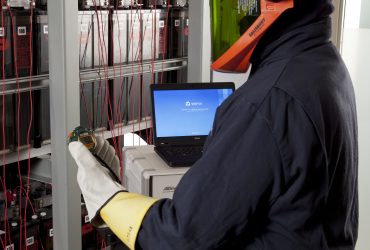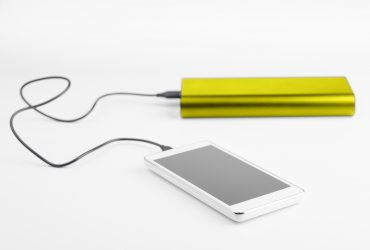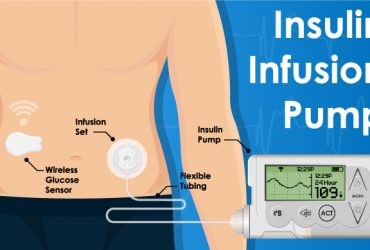Category: Articles
Improving Electrical System Reliability Through Comprehensive Battery Service
Commentary Contributed by Brandon Schuler, Supervising Engineer, DC Services • Vertiv’s Electrical Reliability Services
When it comes to the electrical systems in industrial and commercial facilities and power plants, total system reliability is the top priority. That requires an approach to electrical system service that encompasses both the AC and DC power systems. Read more about Improving Electrical System Reliability Through Comprehensive Battery Service …
A Quick Guide to UPS System Battery Maintenance and Monitoring
Commentary contributed by Rob Hirschberg, Head of Marketing and Ken Wright, Technical Telecom Manager with Alpine Power Systems
Every UPS (uninterruptible power supply) system has a battery that initiates when loss of power from the main-source is identified. The battery is the life behind every UPS system. The UPS battery acts as a secondary power source that allows data to be saved in the event of a commercial power outage. Unfortunately, the battery is the weakest link in every UPS system. UPS batteries should be properly maintained and monitored to prolong their life, mitigate safety concerns, and most importantly, avoid downtime. Follow this simple guide below to learn the importance of battery maintenance and monitoring and understand how to perform these tasks effectively. Read more about A Quick Guide to UPS System Battery Maintenance and Monitoring …
Challenges for Manufacturers and Retailers in Certifications and Regulations for Power Banks
Commentary contributed by Rich Byczek, Global Technical Director – Transportation Technologies, Intertek
February 14, 2018 | As we have more and more portable devices powered via a common USB interface or adapter, the need for convenient charging “on-the-go” has led to the proliferation of the Powerbank, and its’ often larger sibling, the Power Pack. Simply stated, Powerbanks are typically Lithium-ion based batteries encased in a protective enclosure and providing a USB charging interface to power or charge those portable devices such as tablets and smartphones. In some cases, these powerbanks may incorporate their own wall-connection and imbedded charger, but more commonly are recharged via the same USB interface. Read more about Challenges for Manufacturers and Retailers in Certifications and Regulations for Power Banks …
New Technology Enables Next-Gen Portable Battery Operated IOT Devices
Commentary contributed by Anton Beck, Battery Product Manager, Epec Engineered Technologies
February 1, 2018 | The Internet of Things, or IoT, is a buzzword of sorts. However, it is one that describes devices, appliances, vehicles and other products that are network connected so that they can exchange data with one another or with a central communications device. Some common devices include smart thermostats, wearable step counters, and certain wireless home speaker systems. Each “thing” operates independently, such as a garage door opener which works to open and close the garage door–however, it also interoperates with the Internet infrastructure, such as by this same opening device allowing you to control the opening and closing from miles away instead of using the standard opener from the end of your driveway. According to IHS Markit, experts estimate that the Internet of Things will include around 30.7 billion objects by the year 2020. Read more about New Technology Enables Next-Gen Portable Battery Operated IOT Devices …
2018 CEO Forecast with Patrick Trippel at Inventus Power
Part of the Battery Power 2018 Trends to Watch Series
Commentary contributed by Patrick Trippel, CEO, Inventus Power
There has been a sea change in the battery industry in the last year, and since we expect these changes to extend into 2018 and beyond, I have begun to think of this as the beginning of a new era. The last fifteen years have shown how readily our world can adopt new mobile technologies. Read more about 2018 CEO Forecast with Patrick Trippel at Inventus Power …











